Winning Your Client Over: Tips for Presenting Logo Designs

Presenting a logo design to a client is more than just showcasing your creative skills; it's about strategically aligning your vision with their business goals to create a lasting impact. As a designer, your ability to effectively communicate and present logo designs can significantly influence your client's decision-making process. This introductory guide aims to equip you with practical tips to enhance your presentation skills, ensuring you not only meet but exceed client expectations.
Understanding the client's needs, the market landscape, and the intended brand message is crucial. Each logo presentation should be tailored to reflect the client’s unique brand identity, making it imperative to prepare thoroughly. Whether you're dealing with a new startup or an established company looking to rebrand, the way you present your logo designs can build confidence in your abilities and foster a strong professional relationship. This article will explore several key strategies to help you present your logo designs in a way that captivates and convinces your client of their efficacy.
Understand Your Client's Vision
A crucial step in presenting logo designs is deeply understanding your client's vision. As a designer, your ability to internalize and interpret the client's business goals, target audience, and brand ethos is fundamental. Start by engaging in detailed discussions to grasp what the client envisions for their brand identity. Ask targeted questions that reveal not just aesthetic preferences but also the emotional resonance they wish to achieve with their logo.
Research is your ally. Delve into the client's industry, studying competitors and market trends to ensure your designs are not only unique but also relevant. This background knowledge will help you create logos that truly represent the client's business while standing out in a crowded marketplace.
Equally important is understanding the client’s expectations regarding the logo's functionality. It should work across various platforms and formats, from digital media to physical merchandise. This requires a versatile design approach that considers all potential uses of the logo.
By aligning your creative concepts with the client’s vision, you can craft logo designs that resonate more profoundly with them and their audience. This initial step not only sets the stage for a successful presentation but also builds a foundation of trust and collaboration, making it easier to navigate the remainder of the design process.
Prepare a Clear Presentation
When it comes to presenting logo designs, clarity and organization are key. Prepare a presentation that is not only visually appealing but also strategically structured to guide the client through your creative process. Begin with a brief overview of the project objectives and how your designs meet these goals. This helps set the context for the logos you're about to unveil.
Each design should be presented individually, with a clear explanation of the concept behind it. Discuss the elements of the design such as color palette, typography, and symbolic meanings. Link these elements back to the client’s brand strategy to demonstrate how each choice supports their overall business objectives.
Utilize high-quality visuals to showcase the logos. Include mock-ups of how the logo will look in different contexts, like on a website, business card, or product packaging. This visual representation helps clients visualize the potential of the logo in real-world applications.
Anticipate and prepare for questions or concerns the client might have. By having rationale and data to support your design decisions, you can address feedback effectively and assertively. Ensure your presentation flows logically, leading the client to an understanding and appreciation of your work.
Show Professionalism in Your Designs
Presenting logo designs to a client requires a showcase of professionalism that not only reflects your design skills but also your understanding of their business context. Each logo should be meticulously crafted, demonstrating clean, versatile, and forward-thinking designs that can stand the test of time. Ensure that each element of the logo—from typography to color scheme—is chosen with intention and is demonstrative of thoughtful design practice.
It's crucial to present these logos in a format that speaks to the high standards of your design firm. Use professional mockups and high-quality graphics to display how each logo would look in various applications, such as on a website, business card, or storefront. This level of detail shows clients that you consider all aspects of brand implementation and usage.
Moreover, professionalism extends beyond the designs themselves. It encompasses your demeanor and preparedness during the presentation. Be concise and clear in your explanations, provide rationale behind each design choice, and show how each logo option can serve the client’s business goals effectively. Prepare to handle objections professionally, offering insights and alternatives that might better meet the client’s needs.

Use Mood Boards
Mood boards are an essential tool in the presentation process as they visually communicate the conceptual direction and emotional feel of your logo designs. These boards can effectively convey your design ideas, showcasing how the logo could evolve within the context of the client’s brand identity.
When preparing mood boards, include elements that inspired your designs such as color palettes, typography, imagery, and patterns. This helps the client visualize the aesthetic and thematic direction of the logos. It’s also beneficial to incorporate comparative analysis—what works in the industry currently, and how your designs set their brand apart.
Mood boards can serve as a bridge between abstract concepts and tangible outcomes, making them particularly useful for aligning with clients who may not have a strong design background. They provide a tangible reference that can spark discussion and refine the client's vision alongside your creative proposals.
Present these mood boards early in your presentation to set the tone and establish a creative framework. Explain how each element within the board relates to the proposed logo designs and the overall brand strategy. This not only demonstrates your thorough research and commitment to the project but also enhances the client's understanding and appreciation of the creative process.
Provide Multiple Options
One of the key strategies in presenting logo designs is to provide multiple options to the client. This approach not only demonstrates your versatility as a designer but also gives the client a sense of involvement and choice in the decision-making process. Typically, presenting three to five distinct designs can effectively showcase a range of creative ideas without overwhelming the client.
Each option should be distinctly different yet still align with the client’s brand values and objectives. This variety allows you to explore different creative directions and gives the client the opportunity to see how various elements could potentially enhance their brand’s identity. It’s important to ensure that each design option is viable and well-thought-out, as this reflects your professionalism and dedication to delivering quality work.
During the presentation, articulate the rationale behind each design choice, including the use of colors, typefaces, and any symbolic elements. This helps the client understand the strategic thinking involved in each option and how it could cater to their target audience.
Be prepared to recommend the option that you believe works best for the client’s needs, while still leaving room for their input. This balance between providing professional guidance and respecting the client’s preferences can foster a collaborative relationship and lead to a successful project outcome.
Explain Your Creative Process
Explaining your creative process during a logo presentation helps to set the stage for how you approached the client’s project and underscores the thoroughness and intentionality of your work. Begin by discussing the initial research phase, where you gathered insights about the client’s industry, competitors, and target audience. This foundation is crucial for developing logos that are not only aesthetically pleasing but also strategically aligned with the market and the client's objectives.
Detail the brainstorming techniques and conceptual developments that led to the creation of the logo designs. Discuss how you used sketching, digital drafting, and feedback loops to refine ideas and arrive at the final concepts. This insight into your design journey helps the client appreciate the depth of analysis and creativity that goes into each logo.
Also, highlight any specific design tools or software that played a crucial role in the development of the logos. This can enhance the client’s understanding of the technical expertise involved and the advanced resources utilized in crafting their logo.
Concluding with a discussion of the revision process and how you incorporate feedback ensures the client sees the value in each step of your methodical approach. By transparently sharing your creative process, you not only educate the client about the complexities of logo design but also build trust in your professional capabilities.
Highlight Key Features
When presenting logo designs to a client, it is essential to effectively highlight the key features of each design. This involves detailing the unique aspects and the strategic thinking behind the logo’s elements, such as color choices, typography, and symbolic imagery. Each feature should be linked directly to the client's brand strategy, illustrating how the design enhances their overall brand identity and communicates their corporate values to the target audience.
Start by discussing the visual elements that make each design distinctive and appealing. Explain the choice of colors, emphasizing how they align with brand psychology and the emotional response they are intended to elicit from the audience. For typography, describe why a particular style was chosen and how it complements the brand’s personality.
Also, if there are symbolic elements involved, delve into their significance and how they integrate with the broader narrative of the brand. For example, a logo for a renewable energy company might incorporate elements that symbolize sustainability and innovation.
By methodically articulating the rationale behind each design decision, you provide the client with a deeper understanding of the logo's potential impact. This not only demonstrates your expertise and thoroughness but also helps the client visualize how the logo will resonate with their audience, making your presentation more compelling and persuasive.

Be Ready to Receive Feedback
Receiving feedback is a pivotal part of the logo presentation process. It's important to approach this stage with openness and professionalism, ready to engage in constructive dialogue with your client. Prepare yourself to listen actively and respond thoughtfully to any concerns or suggestions they might have.
Begin by encouraging honest feedback, emphasizing that their input is crucial for refining the final design to better suit their needs. Make it clear that you view the process as a collaboration and that their satisfaction is your top priority.
When responding to feedback, be respectful and considerate, even if the comments are critical. Show that you are attentive by taking notes and discussing how you can incorporate their insights into the revised design. If you disagree with a piece of feedback, provide a reasoned explanation to support your design choices, always aiming to align with the client's business objectives.
Moreover, be prepared with solutions or alternatives. If a particular element of the design is not meeting the client's approval, suggest modifications or present other options that might address their concerns more effectively.
Handling feedback professionally not only enhances the design outcome but also strengthens the client-designer relationship, setting the stage for successful future collaborations. This adaptive and responsive approach reassures the client of your commitment to excellence and their project’s success.
Stay Client-Focused
Throughout the process of presenting logo designs, maintaining a client-focused approach is paramount. This means continuously tailoring your presentation and communication to align with the client's business goals, preferences, and brand identity. By ensuring that every aspect of your presentation speaks directly to their needs, you demonstrate a deep understanding of their vision, which can significantly enhance their trust and confidence in your services.
To stay client-focused, begin each segment of your presentation by reiterating how the designs align with their brand’s strategic goals. Use language and examples that resonate with their industry and echo the terms they use to describe their business. This not only shows that you are attentive to their specific requirements but also that you are committed to creating a design that embodies their brand essence.
During the presentation, actively engage the client by asking for their input and showing genuine interest in their thoughts and concerns. This interactive dialogue helps to refine the designs according to their feedback and creates a collaborative atmosphere.
Moreover, be adaptive to their responses. If you sense that a client is not responding positively to a particular design, be prepared to shift focus to another option that might better meet their expectations. Always emphasize that your ultimate goal is their satisfaction and that the designs are flexible and can be tweaked to better suit their vision.
Be Persuasive but Not Pushy
Being persuasive in presenting your logo designs is about striking a balance between asserting your professional expertise and respecting the client’s opinions and decisions. Your goal is to convince the client that your designs meet their needs and enhance their brand, without coming across as overbearing.
To achieve this, focus on presenting clear, logical arguments that demonstrate how your designs solve specific branding challenges. For example, explain how the color scheme enhances brand recognition, or how the typography aligns with the company's character. These reasoned explanations help the client understand the practical and aesthetic benefits of your designs.
Use positive reinforcement to highlight the strengths of your designs. Celebrate the features that are particularly well-received, and relate them back to the client’s initial brief to remind them of how your designs are crafted specifically for them.
However, it’s important to remain flexible. Show openness to the client’s suggestions and be ready to incorporate their feedback. This demonstrates that you value their input and are willing to work together to reach the best outcome.
Finally, let the quality of your work speak for itself. Provide ample visual and contextual evidence to support your designs, allowing the client to see the thought and effort that has gone into each option. By being informative and supportive rather than forceful, you can persuade effectively while ensuring the client feels valued and respected in the decision-making process.
Conclusion
Presenting logo designs to your client effectively hinges on understanding their vision, communicating clearly, and maintaining professionalism throughout the process. By providing multiple design options, explaining your creative process, and staying receptive to feedback, you create a collaborative atmosphere that fosters trust and respect. Remember to keep the client's needs at the forefront, persuading with insight rather than pressure, ensuring that each logo design not only meets but exceeds their expectations. With these strategies, you can enhance your presentations and build lasting relationships with your clients, positioning yourself as a pivotal part of their branding success.
Let Us Know What You Think!
Every information you read here are written and curated by Kreafolk's team, carefully pieced together with our creative community in mind. Did you enjoy our contents? Leave a comment below and share your thoughts. Cheers to more creative articles and inspirations!



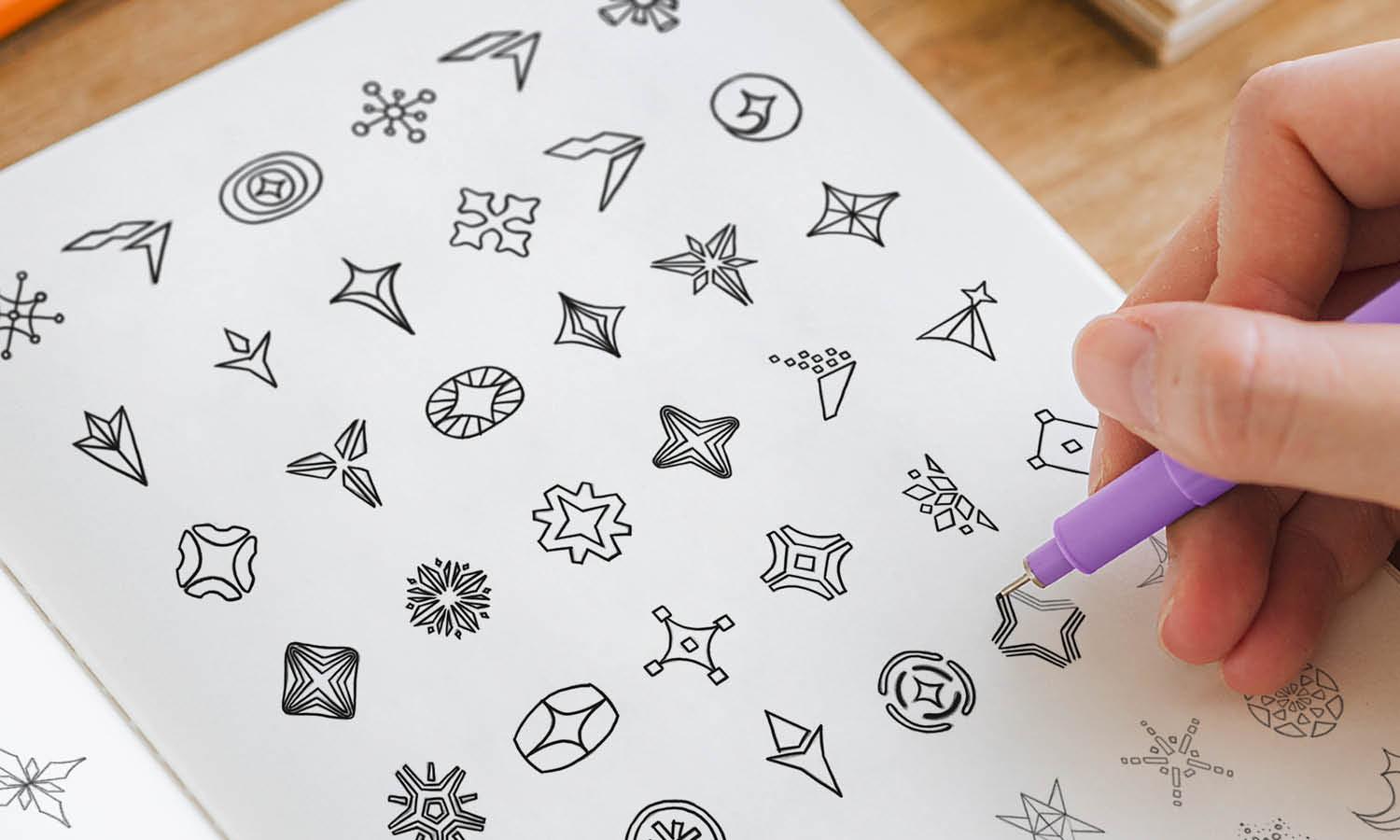
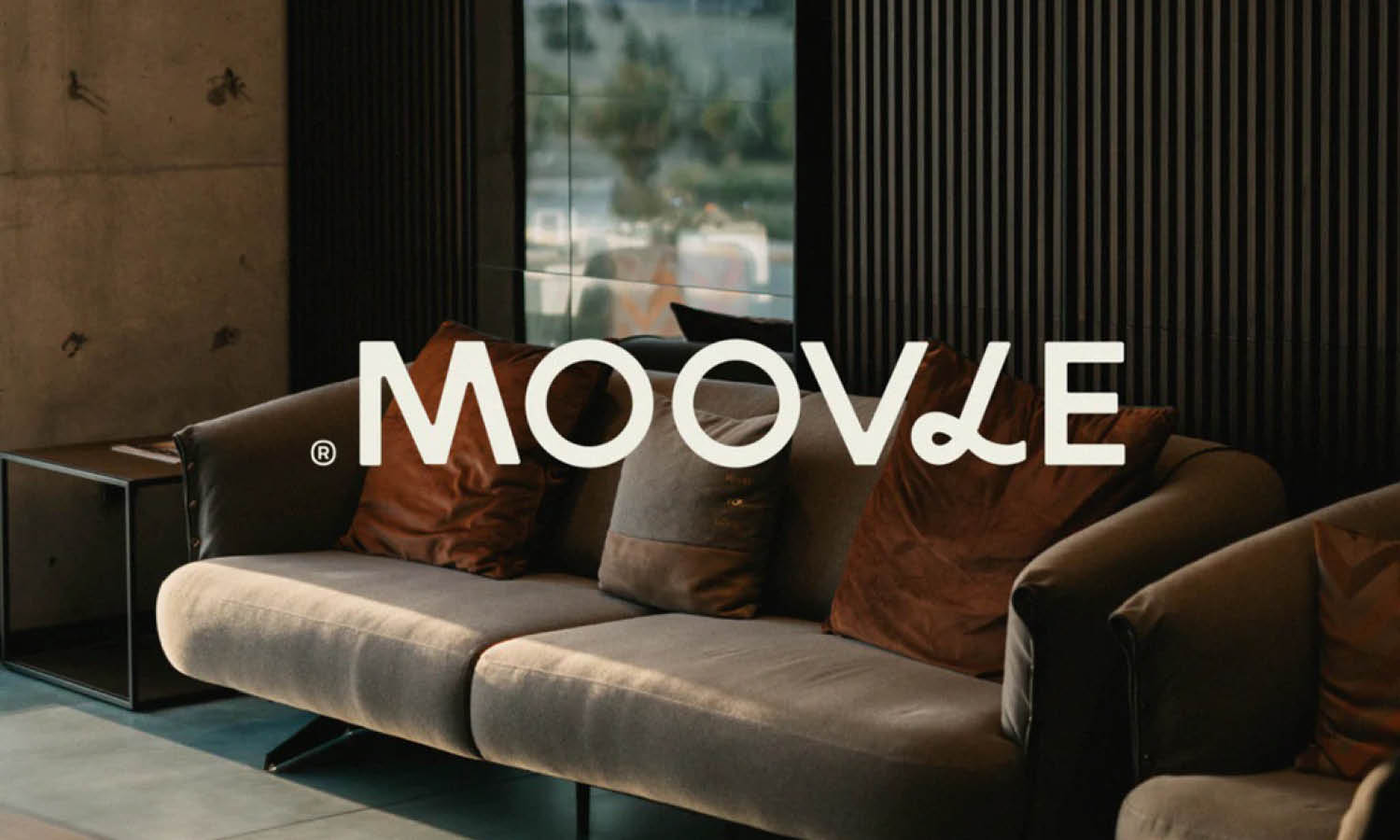
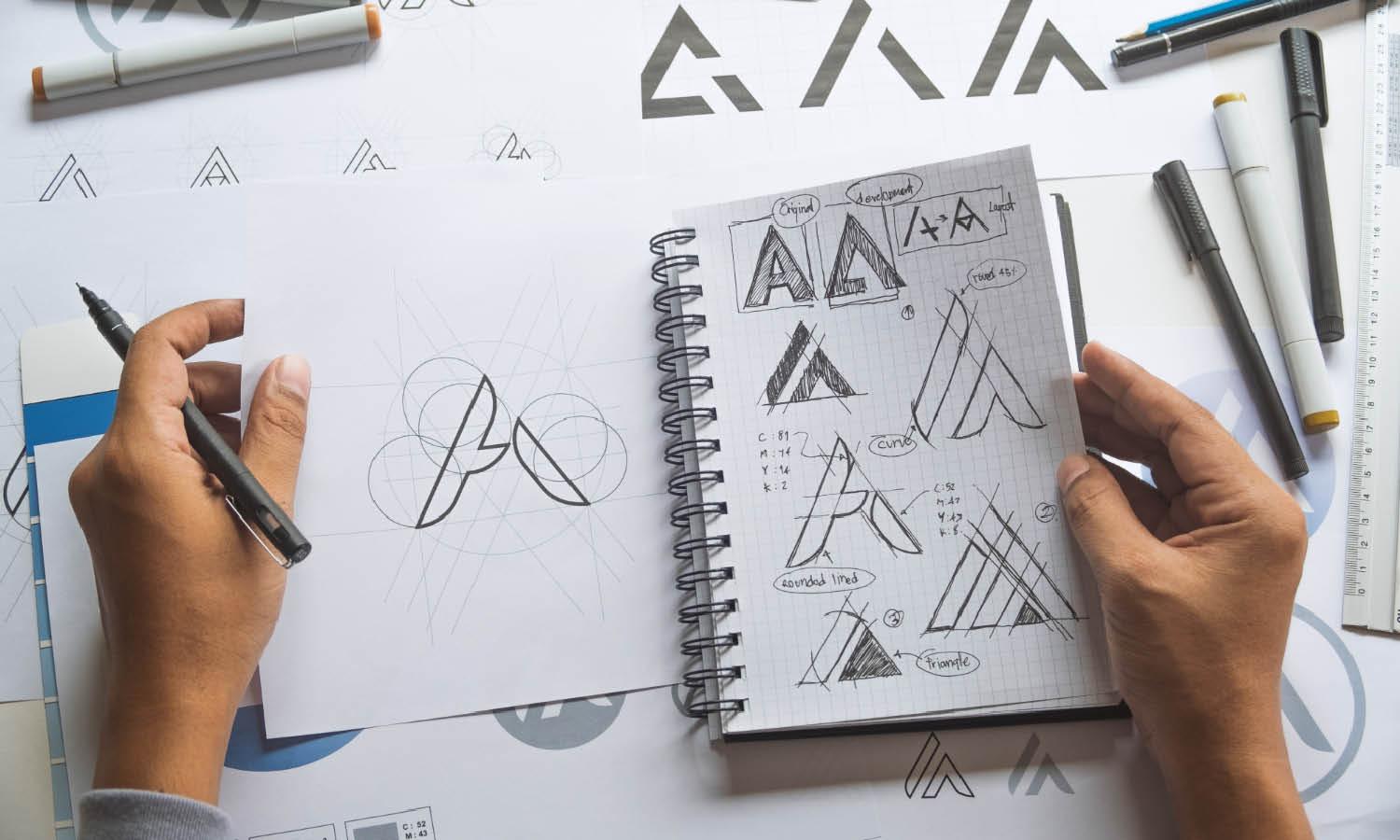
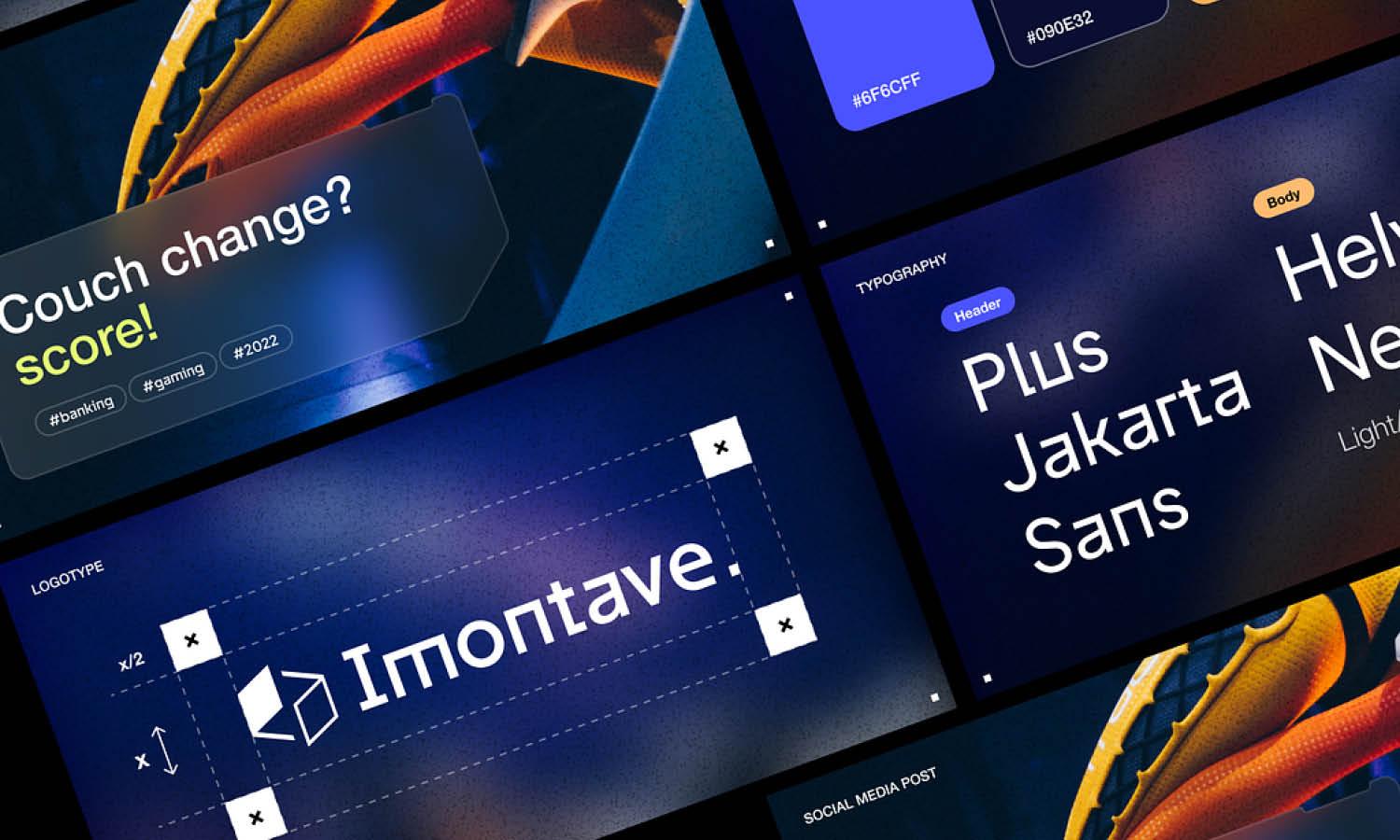
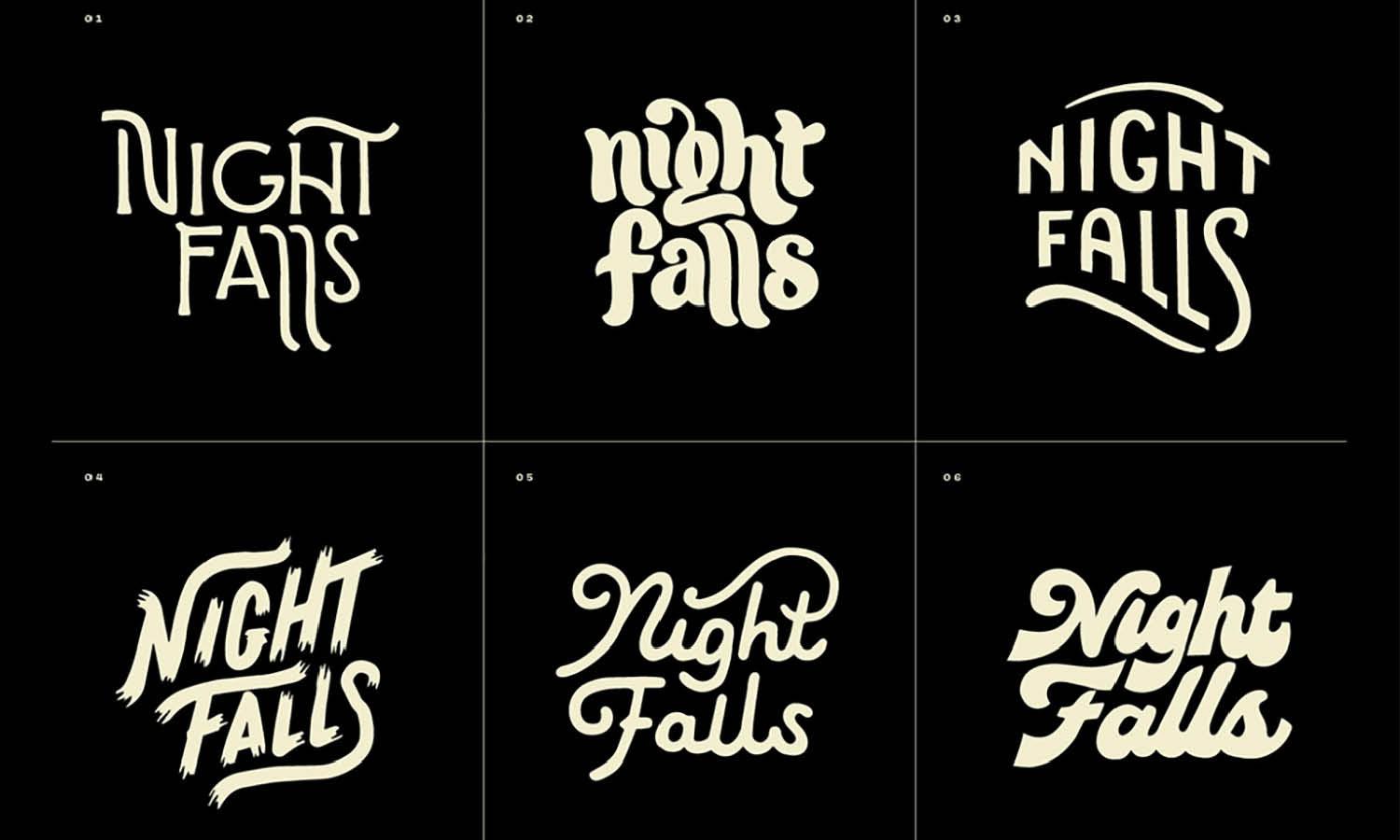
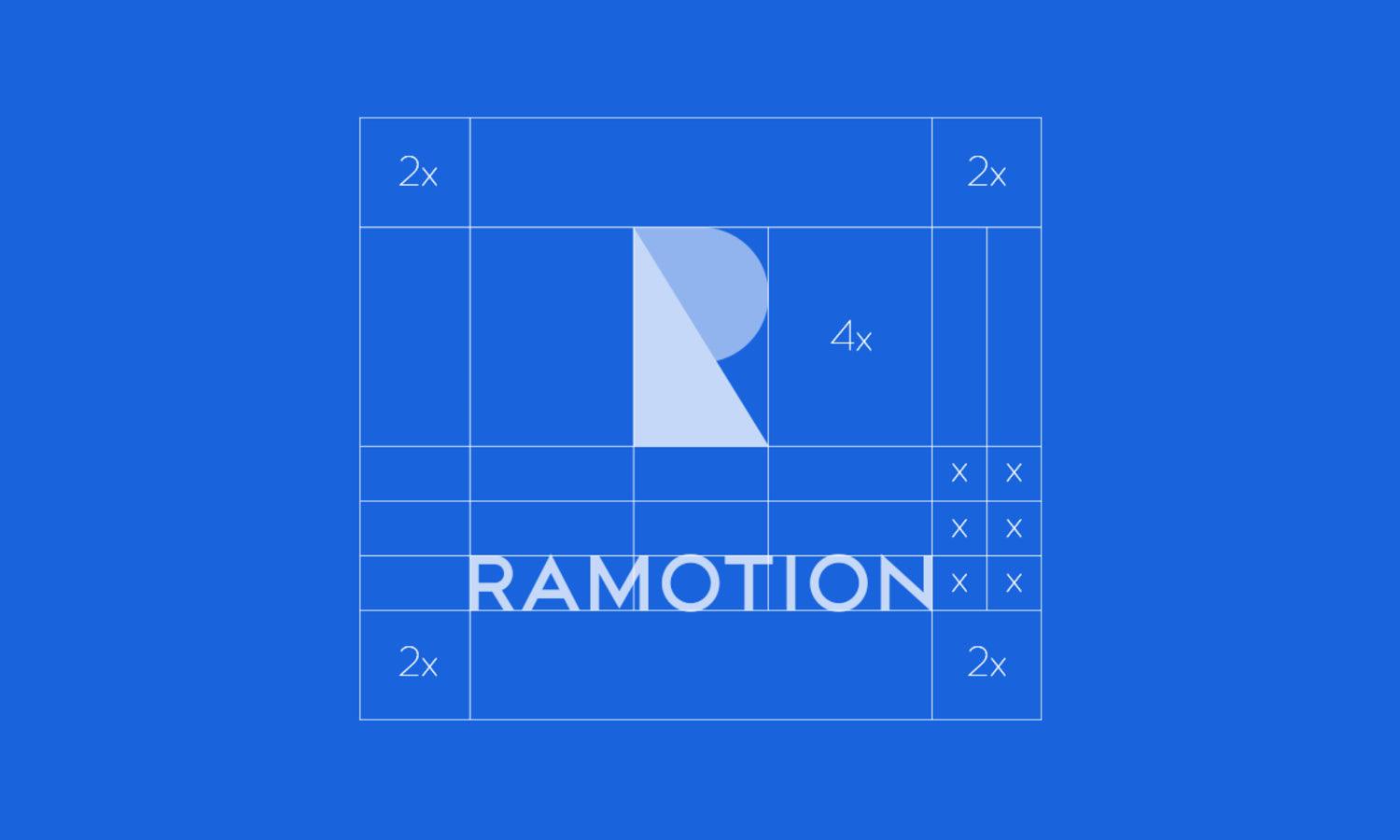







Leave a Comment